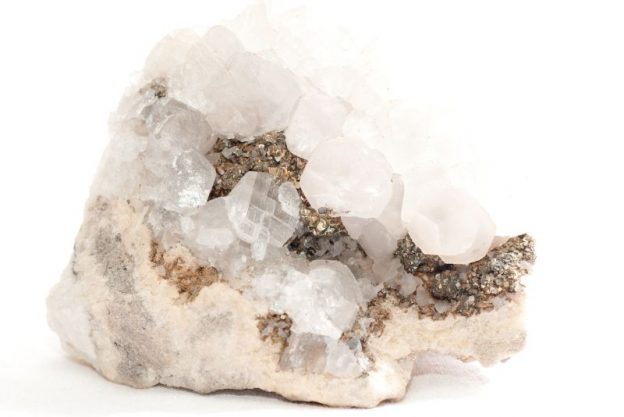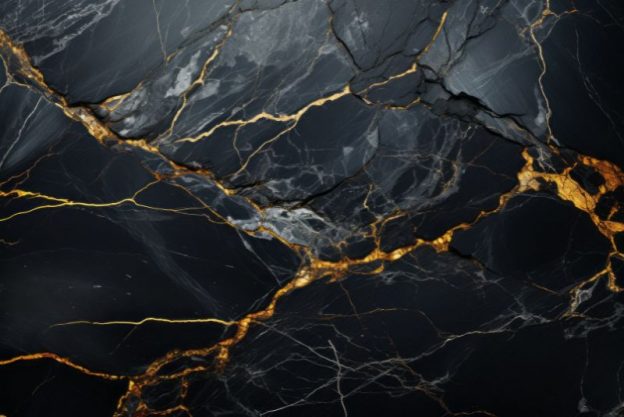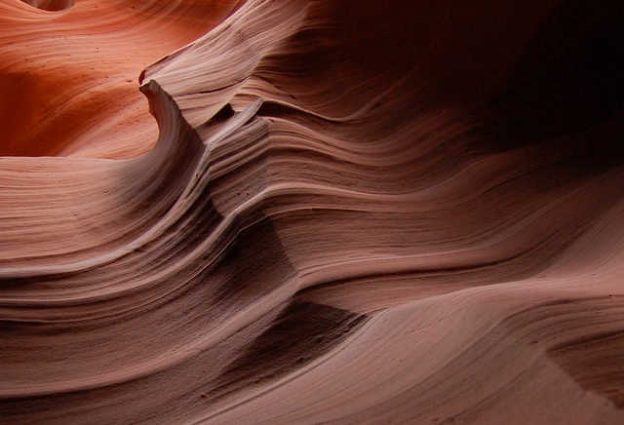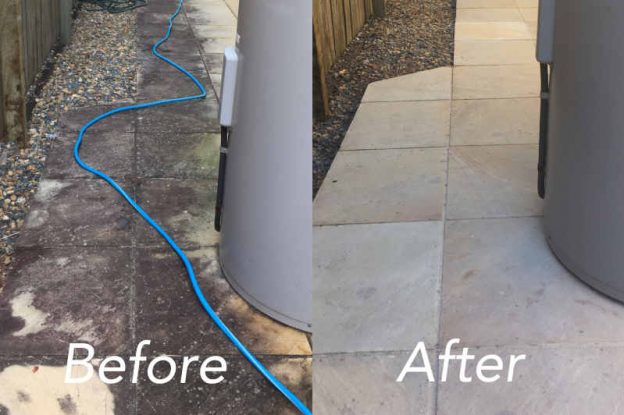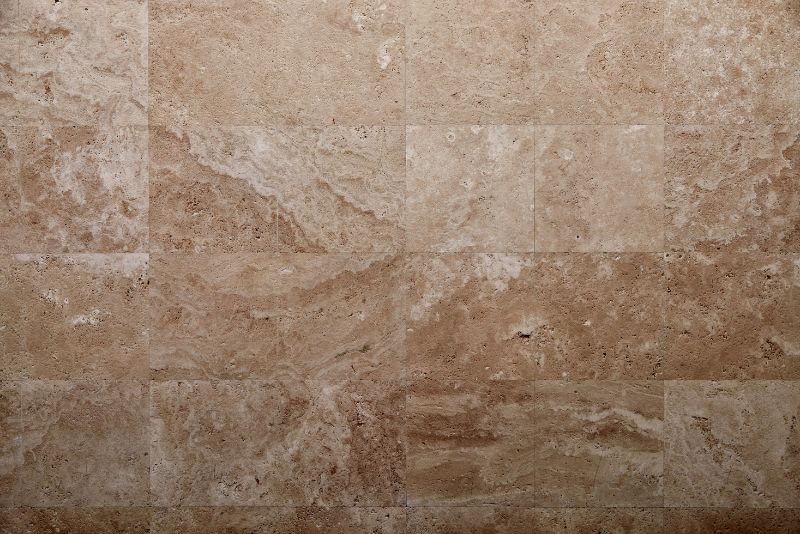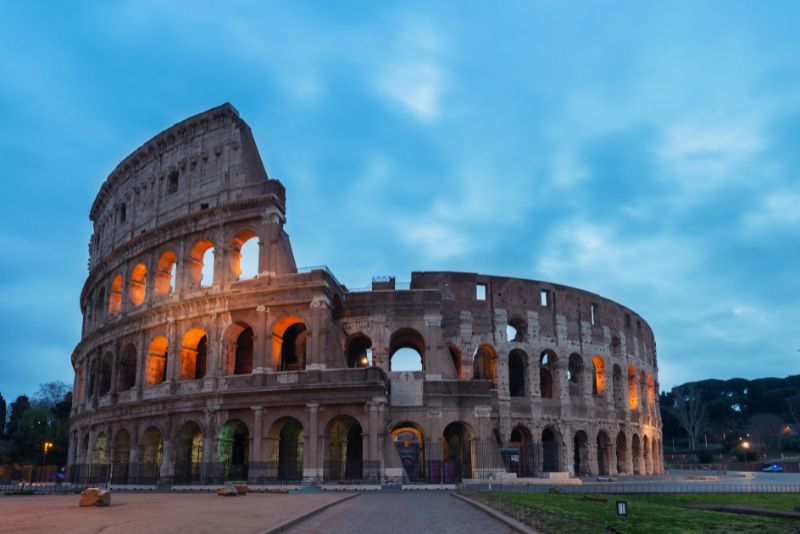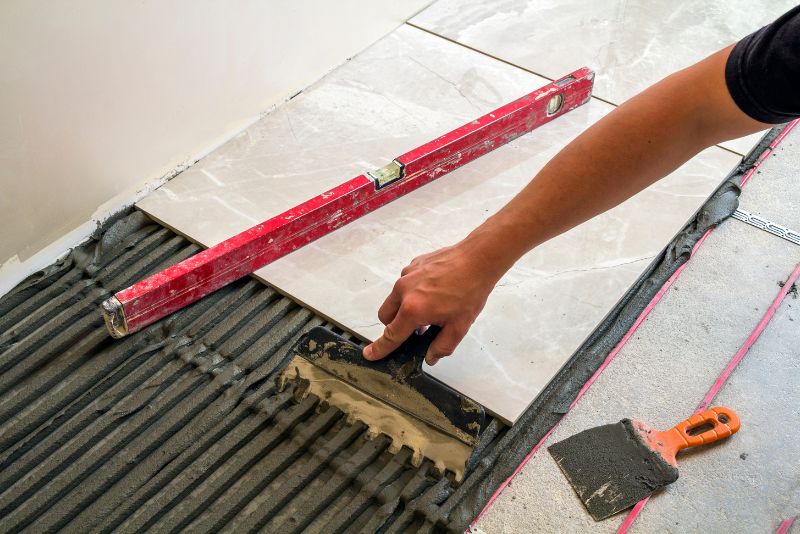Sandstone pavers and walls add timeless beauty and a touch of natural elegance to any outdoor space. However, over time, exposure to the elements, foot traffic, and other environmental factors can cause them to accumulate dirt, stains, and moss, detracting from their aesthetic appeal. Cleaning sandstone pavers and walls is essential to restore their original charm and maintain their longevity. In this guide, we will explore the best methods and tips for effectively cleaning sandstone pavers and walls.
**This guide is to be treated as general information. As natural stone compositions vary; it’s always best to seek professional advice for your stone type from a professional when choosing cleaning products and methods. If unsure on how to approach cleaning your sandstone you can always contact a professional stone restoration company.
Understanding Sandstone
Before diving into the cleaning process, it’s crucial to understand the nature of sandstone. Sandstone is a sedimentary rock composed of sand-sized mineral particles and rock fragments. It is renowned for its porous nature, which means it can easily absorb moisture, stains, and dirt. This characteristic makes proper cleaning and maintenance vital to preserve its appearance and structural integrity.
DIY Cleaning
Materials You’ll Need
To clean sandstone pavers and walls effectively, gather the following materials:
- Broom or brush
- Garden hose with a spray nozzle
- Bucket
- Mild detergent or stone-specific cleaner
- Soft-bristle scrub brush
- Rubber gloves
- Sealer (optional)
- Pressure washer (optional)
- Cleaning Sandstone Pavers and Walls
Clear Debris:
Begin by removing loose dirt, leaves, and debris from the surface using a broom or brush. Clearing away surface debris will make the cleaning process more efficient.
Rinse with Water:
Use a garden hose with a spray nozzle to thoroughly rinse the sandstone pavers and walls. This initial rinse will help loosen dirt and prepare the surface for cleaning.
Prepare a Cleaning Solution:
In a bucket, mix a mild detergent or a stone-specific cleaner with water as per the manufacturer’s instructions. Avoid using acidic or abrasive cleaners, as they can damage the sandstone’s surface.
Scrub Gently:
Dip a soft-bristle scrub brush into the cleaning solution and scrub the sandstone surface in a circular motion. Focus on areas with stains, moss, or algae growth. Be gentle to prevent scratching or damaging the stone. Rinse the brush frequently in clean water to avoid spreading dirt.
Stain Treatment:
For stubborn stains, consider using a poultice. Create a thick paste with baking soda and water, apply it to the stain, and cover it with plastic wrap. Let it sit overnight, and then gently remove the poultice and rinse the area. In most cases you should engage a professional for stain treatment.
Rinse Thoroughly:
After scrubbing, thoroughly rinse the sandstone pavers and walls with clean water to remove any remaining cleaning solution. Ensure there is no residue left behind.
Pressure Washer (Optional):
If your sandstone is heavily soiled or you have large areas to clean, a pressure washer can be a helpful tool. Use a low-pressure setting and keep the nozzle at a safe distance from the surface to prevent damage. Resealing may be required after pressure washing. Expert advice is recommended.
Sealing (Optional):
To enhance the longevity and appearance of your sandstone, consider applying a sealer annually or after heavy cleaning. Sealing helps protect the stone from moisture and stains. Follow the manufacturer’s guidelines for the specific sealer you choose.
Maintenance Tips
Regular Cleaning:
To prevent the accumulation of dirt and stains, regularly sweep or brush your sandstone pavers and walls. Periodic gentle cleaning can help maintain their beauty.
Avoid Harsh Chemicals:
Never use acidic or abrasive cleaners, as they can erode the surface of the sandstone. Stick to mild, pH-balanced detergents or stone-specific cleaners.
Weed Control:
Keep an eye on the gaps between sandstone pavers and walls, as weeds and moss can grow in these spaces. Remove any unwanted vegetation promptly.
When to Call a Professional
While cleaning sandstone pavers and walls can sometimes be done as a DIY project, there are certain situations where it’s wise to seek the expertise of a professional:
Persistent Stains:
After cleaning if stubborn stains on your sandstone surfaces refuse to budge, it’s time to consult a professional. They have access to specialized stain-removal techniques and equipment that can effectively address tough stains without damaging the stone.
Extensive Mold or Algae Growth:
If your sandstone is covered in extensive moss, algae, or mold growth, it may require professional intervention. These growths can be hazardous to your health, and attempting to remove them without the proper knowledge and safety measures can be risky.
Sealer Application:
While sealing sandstone can be attempted by some as a DIY task, if you’re uncertain about the process or have a large area to cover, it’s best to hire a professional. Applying a sealer improperly can lead to an uneven finish or ineffective protection.
Repointing and Repair:
If your sandstone walls require repointing (renewing the mortar joints) or extensive repairs, it’s advisable to enlist the services of a stonemason or a qualified contractor. They have the skills and experience to ensure structural integrity while maintaining the stone’s appearance.
Preservation of Historical or Valuable Sandstone:
If you have historical or valuable sandstone features, such as statues, monuments, or architectural elements, it’s crucial to entrust their cleaning and maintenance to professionals who specialize in preserving and restoring such artifacts.
Complex Landscaping Projects:
For large landscaping projects that involve intricate sandstone structures or require heavy equipment, it’s best to consult with a professional landscaper who can plan and execute the work effectively and safely.
Safety Concerns:
Working on elevated sandstone walls or pavers can be hazardous. If you are not experienced or equipped to handle such tasks safely, consider hiring a professional who can ensure the job is done without risk to your well-being.
Time Constraints:
If you have a busy schedule or lack the time to dedicate to thorough sandstone cleaning and maintenance, hiring a professional can save you time and effort while ensuring excellent results.
While cleaning and maintaining sandstone pavers and walls is a manageable task for many homeowners, there are situations where professional assistance is the best course of action. When faced with persistent stains, extensive growth, structural concerns, or time constraints, don’t hesitate to call a professional. Their expertise can help preserve the beauty and integrity of your sandstone surfaces while ensuring your safety and peace of mind.



